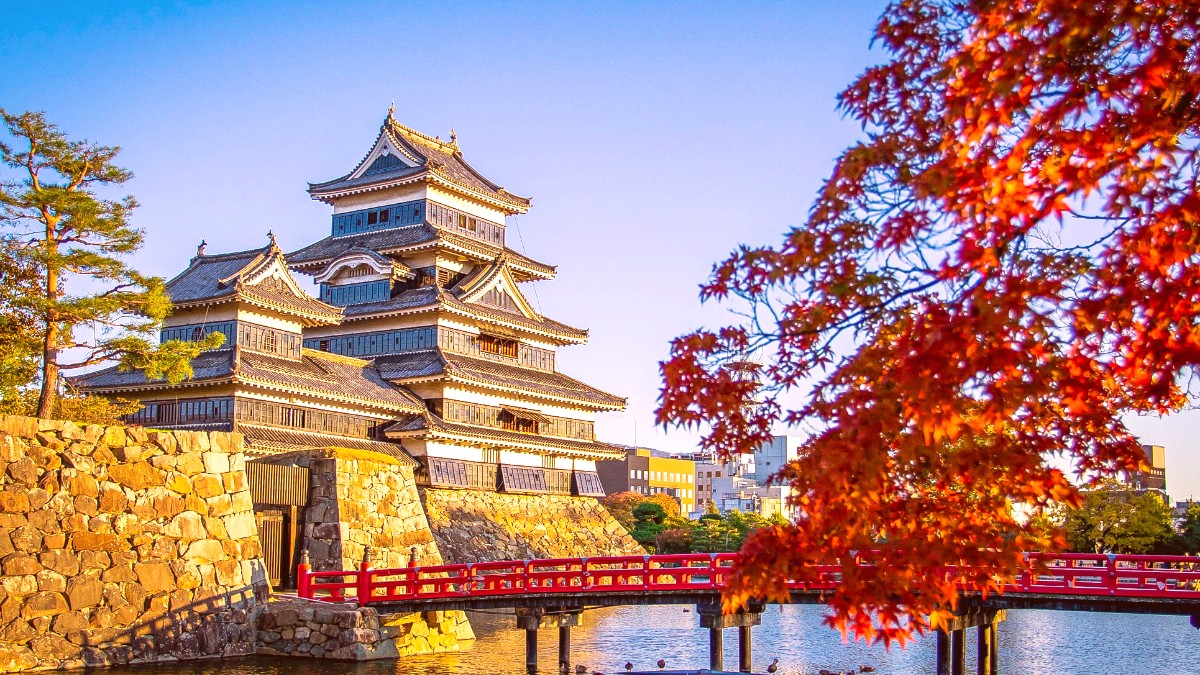
Central Honshu, Japan
Season-Specific Clothing Recommendations with Layering Guidance
Cultural Dress Code Considerations and Modesty Requirements & Activity-Specific Attire
A comfortable, supportive pair of walking shoes, like Brooks Adrenaline GTS 23 Running Shoes, is needed. Break them in before your trip.
Pack these if you plan to hike in the Japanese Alps. These offer good grip and support for uneven trails.
Convenient for places where shoes are frequently removed, like traditional inns (ryokans), some restaurants, or temples.
Having both physical and digital copies is a good strategy.
Voltage: Japan uses 100V. Plug Type: Japan mainly uses Type A (two flat parallel pins) and occasionally Type B. Most modern electronics are dual voltage.
Navigation, Translation, and Local Services
A good Smartphone camera is often enough. For photographers, consider a Compact mirrorless camera (e.g., Sony Alpha a6400 Mirrorless Camera) or a DSLR. Bring extra batteries and memory cards.
Use cloud storage services (e.g., Google Drive, Dropbox) for automatic photo and document backups. This protects memories and information in case of device loss or damage.
Download offline maps and translation language packs. This saves data and provides access when internet connectivity is poor.
Standard First Aid Kit Contents: Band-aids, antiseptic wipes, pain relievers (Ibuprofen or Acetaminophen), allergy medicine, Anti-diarrhea medication, and motion sickness pills. A compact, general-purpose first aid kit, like the Johnson & Johnson All-Purpose First Aid Kit, provides a good foundation.
Bring your preferred brands of cold and flu remedies, pain relievers, and digestive aids. While these are available locally, familiar brands are more effective.
For extensive hiking in the Japanese Alps (e.g., Kamikochi, Norikura Kogen), consider packing Hiking poles (e.g., Black Diamond Trail Explorer 3 Trekking Poles) for stability.
If visiting nearby resorts in winter (like those in Hakuba Valley or Norikura Kogen), bring or rent gear. Most resorts offer rental services for equipment.
Ski and snowboard equipment is widely available for rent at resorts. Bicycles are easily rented in Matsumoto for city exploration. Personal items that need a perfect fit or comfort, like hiking boots, are best brought from home.
These items improve comfort, security, and convenience throughout your travels.
Items unique to Matsumoto experiences.
Tap water is safe; refills save money and plastic waste.
Avoid fees for plastic bags and support eco-friendly travel.
Reduce single-use plastic when enjoying takeaway meals.
For onsen etiquette and general hygiene on the go.
Pack light to ease travel on public transport. Utilize packing cubes for organization and space-saving.
Consider a smaller carry-on-sized luggage for easier movement on trains and buses.